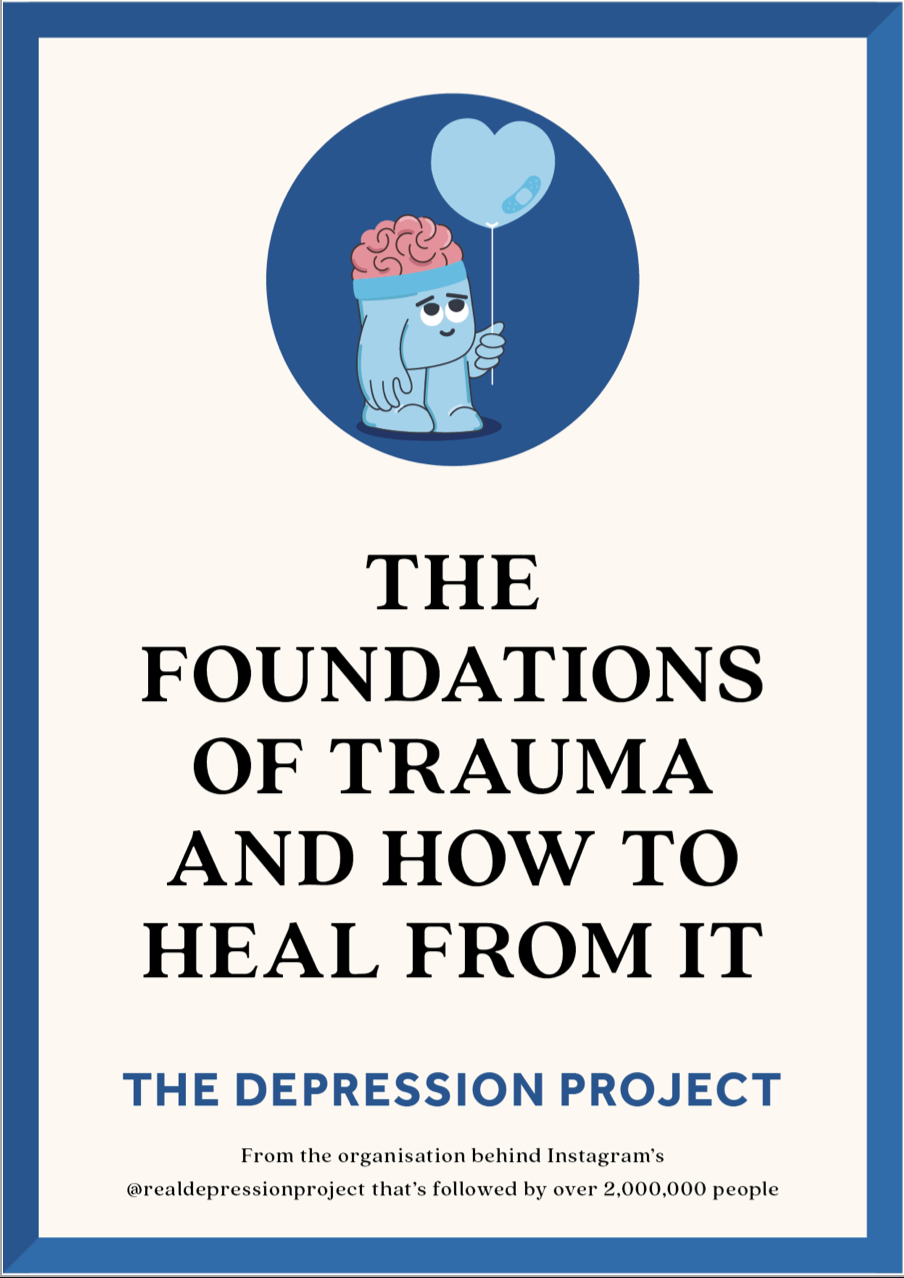
Daily Prompt, 4/23/2024
This happens with me all the time, the French term l’esprit de l’escalier, coming up with responses way too late, which is part of my autism. I can pretty much write a book about the times this has happened in my life.

This happens with me all the time, the French term l’esprit de l’escalier, coming up with responses way too late, which is part of my autism. I can pretty much write a book about the times this has happened in my life.

American politics, since despite trying my best to avoid the topic like the plague, it absolutely won’t leave my mind given the traumatic experiences I’ve had with the subject around my own family and especially in the furry fandom. It’s a really triggering subject to me since it’s pretty much the story of my life, given all the dehumanization, invalidation, gaslighting, mockery, and whatnot I’ve endured as an autistic.

It depends. Pun-based humor, humor that comes out of absolutely nowhere, themes in fictitious works (books, television, movies) that resound well with me, and I’ll admit humor directed against certain groups that really displease me (but definitely not that which truly triggers me, since I’ll admit as an autistic, I don’t find certain things funny at all).

I expressed interest in this guide from The Depression Project since I had experienced my share of trauma throughout my lifetime, especially when I accustomed myself to the World Wide Web as it was gaining ground, even before the widespread use of social media. The introduction defines trauma not as an event but rather as how an event overwhelms the body’s capacity to process what is happening. Part one details how to map and regulate the nervous system; chief nervous components include the ventral portion that dictates one’s presence, the sympathetic sector that focuses on mobility, and the dorsal area that involves emotional shutdown.
Part two assists readers in creating dorsal toolkits, opening by mentioning both negative physical and mental feelings when the area is in shutdown mode. Comfort activities can counteract shutdown, including diaphragmatic breathing, telling oneself grounding statements to remain in the present, and aromatherapy. The chapter further suggests techniques like mindfulness exercises (which encompass what one feels, hears, smells, and tastes), gentle mobility like stretching or swaying and connecting with others who register as safe for oneself. Other methods include finding positives in the current environment and journaling things for which one is grateful.
The third section aids the reader in producing a “sympathetic toolkit” to counteract situations like one’s system being mobilized by racing thoughts, with several viable strategies to help one restore their system to safety. The chapter suggests positively reframing racing thoughts and asking the golden question: “If a friend were in my position, would I be telling them the same negative things that I’m currently telling myself?” The book defines cognitive distortions as twisted thought patterns grounded not in reality but in bias, and filter thinking focuses solely on the negative. The final part focuses on anchoring oneself in a mentally safe spot.
Ultimately, I found this to be an illuminating read on overcoming past trauma and learned the critical sectors of the nervous system, alongside terminology for negative thought patterns. However, I was aware of techniques to counter negative feelings, like deep breathing and journaling. I also didn’t care much for the segments that involved providing answer lists in between subsections. As the guide further notes, not every strategy will work for every person; as an autistic, I often struggle with attempts to remember the multitude of methods to counteract whatever hinders my thoughts. Regardless, this is an insightful resource for those wrestling with post-traumatic stress.
What is the greatest gift someone could give you?
Total acceptance and respect as an autistic.
To share my unique autistic perspective with the world.
My unique autistic perspective on the world.
He was the very first man diagnosed with autism, and would have been 90 later this year.